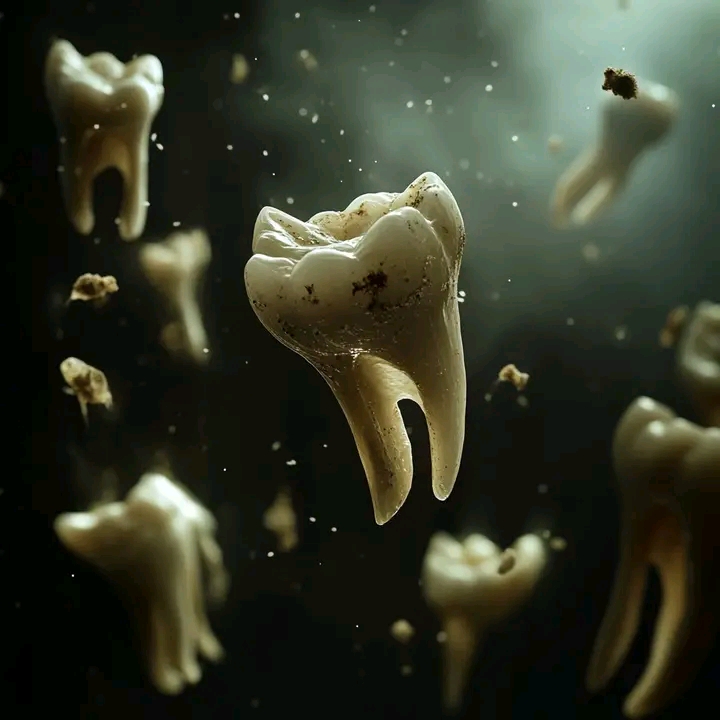In a fascinating exploration of human evolution, recent research reveals that we are not merely relics of the past but rather dynamic beings undergoing significant anatomical changes. Dr. Teghan Lucas from Flinders University has shed light on how contemporary diets are influencing our physical form, particularly in the realm of dental and jaw structure.
As our faces become shorter and our jaws smaller, a growing number of infants are being born without wisdom teeth, a clear indication of rapid evolutionary adaptation.
Historically, our ancestors possessed robust jaws and ample teeth, essential for processing the tough, fibrous foods of their time. However, with the advent of agriculture and the subsequent shift towards softer diets, we have witnessed a remarkable reduction in jaw size.
This evolutionary trajectory has led to a mismatch between the size of our jaws and the number of teeth we possess, resulting in widespread dental issues such as malocclusion in contemporary society.
Moreover, Dr. Lucas’s research has unveiled intriguing anatomical variations among modern humans. Some individuals are born with additional bones in their limbs or unusual connections between foot bones.
These anomalies suggest that our anatomy is not static but continues to evolve in response to the demands of modern living and dietary practices.
Published in the Journal of Anatomy, this study complements previous findings that highlight the rapid pace at which evolutionary changes can occur. As our reliance on processed foods increases, the implications for both our dental health and overall anatomy are profound and warrant further investigation.
The ongoing evolution of human jaws and teeth serves as a compelling reminder of our species’ adaptability. As we navigate an ever-changing environment, these anatomical shifts underscore the intricate relationship between human biology and the lifestyles we lead today.

